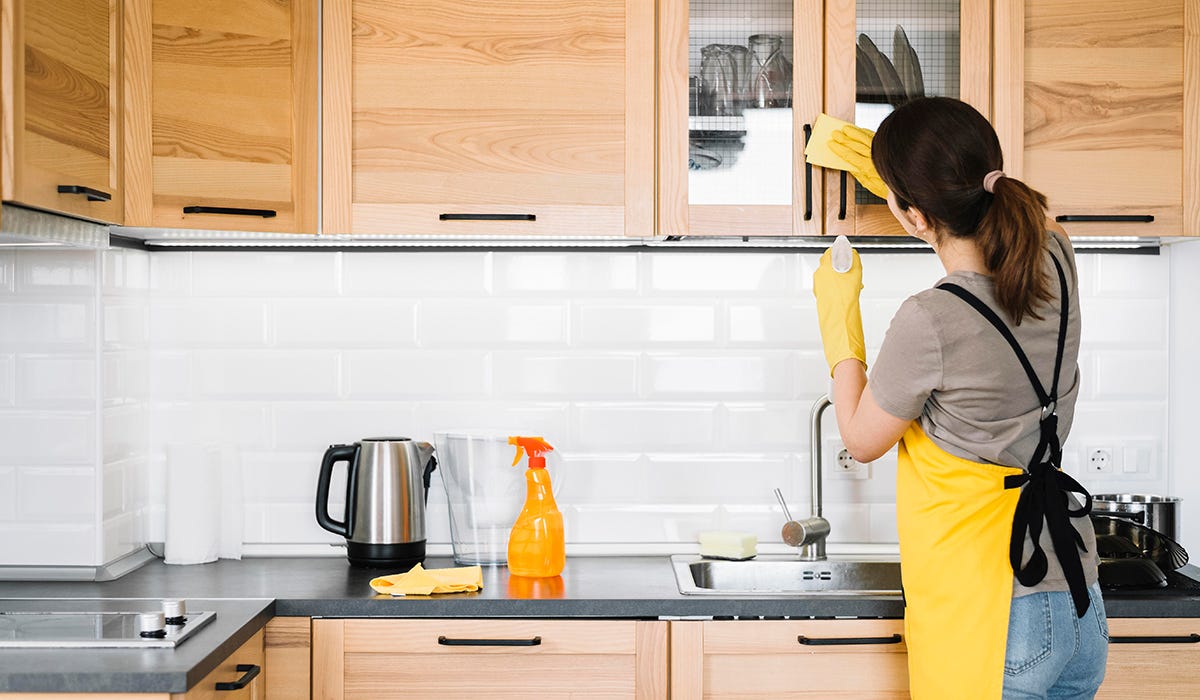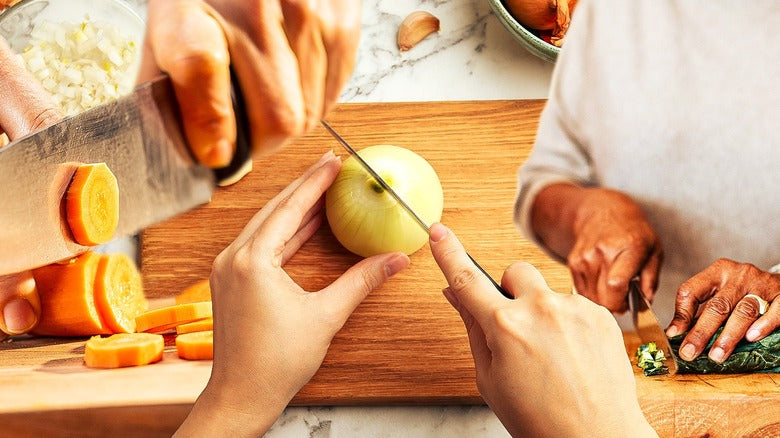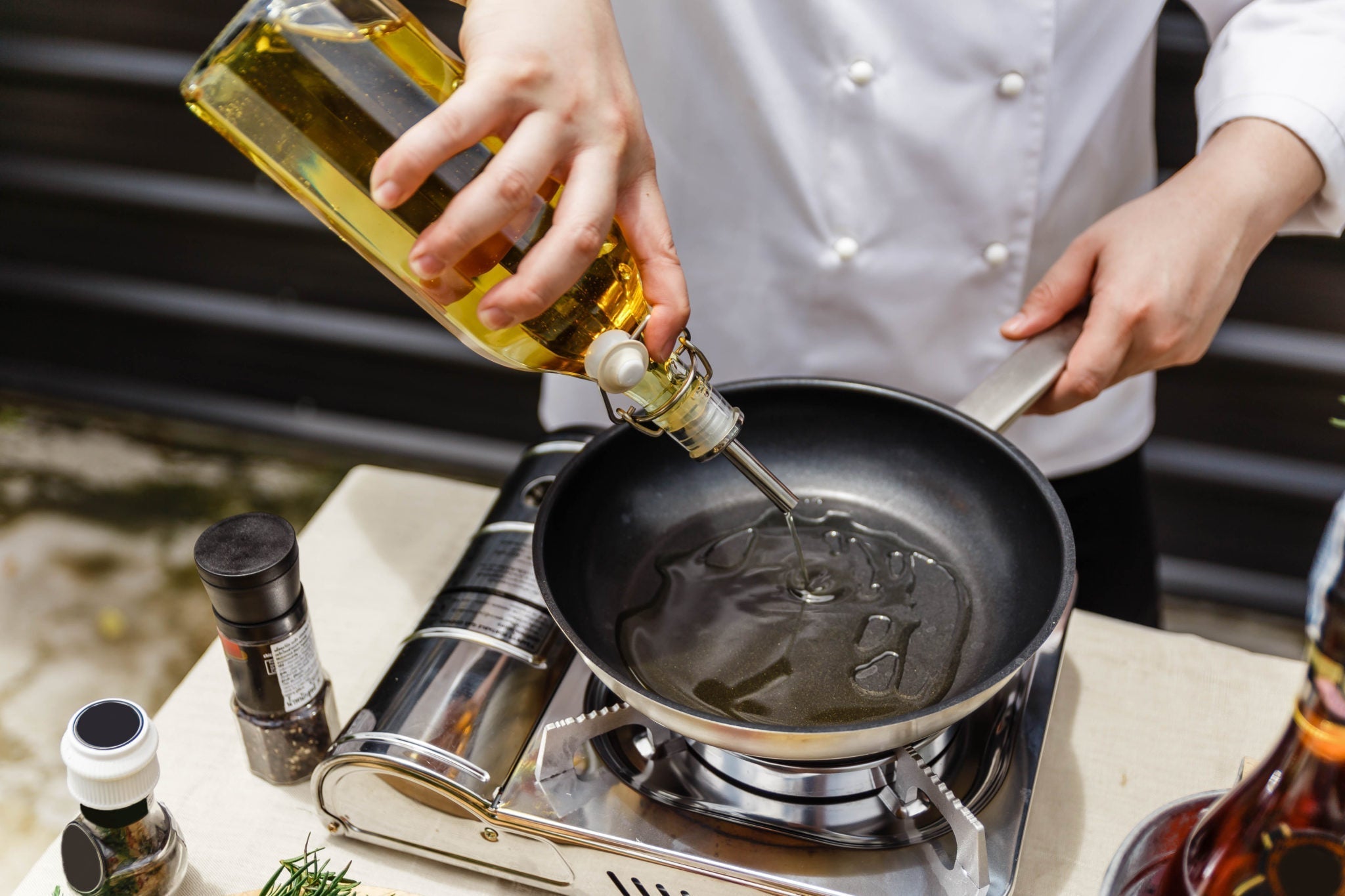Cooking with cast iron offers a multitude of benefits; however, many kitchen professionals often encounter the problem of smoke when using these beloved cookware pieces. Understanding how to reduce smoke when cooking with cast iron is crucial for enhancing flavors and ensuring a smooth cooking experience. In this comprehensive guide, we will explore remarkable techniques, life-changing tools, and unmissable tips that will revolutionize your cast iron cooking.
Cast iron skillets and pans are praised for their heat retention and even cooking abilities. Nevertheless, improper use can lead to excessive smoke, which may indicate overheating or using too much oil. Lets dive deeper into how you can minimize smoke and enjoy a delightful cooking experience.

Understanding the Importance of Smoke Management
Managing smoke in the kitchen isnt just about aesthetics; its about creating a safe and pleasant cooking environment. Excessive smoke can signal that your ingredients are burning or that the cookware may be damaged. By learning effective smoke management, youll not only preserve the quality of your dishes but also maintain a clear kitchen atmosphere.
Common Reasons for Smoke When Cooking with Cast Iron
As you embark on your journey to reduce smoke, its important to know what causes it. Here are a few of the most common culprits:
- Overheating: Cooking on high heat can cause your cast iron to smoke, particularly if the oil reaches its smoke point.
- Excessive Oil: Using too much oil can result in smoke, particularly if it starts to reach high temperatures.
- Dirty Cookware: Residues from previous cooking sessions can contribute to smoking. It's essential to keep your skillet clean.
- Wrong Type of Oil: Not all oils are suitable for high-heat cooking. Oils with lower smoke points will smoke more readily.
Strategies to Reduce Smoke
Now that weve identified the main reasons for smoke, lets look at some terrific strategies to minimize it:
1. Preheat Carefully
Its tempting to crank up the heat to get things cooking quickly, but this can lead to unwanted smoke. Preheat your cast iron skillet gradually over medium heat. Use an infrared thermometer to determine when the skillet reaches the desired temperature without overdoing it.
2. Choose the Right Oil
Not all oils are created equal! Select an oil that has a high smoke point, such as canola, grapeseed, or avocado oil. These oils can withstand higher temperatures without burning, which is essential for reducing smoke.
3. Control the Amount of Oil
Less can be morewhen it comes to oil, that is. Use just enough oil to coat the surface of the pan without pooling. This practice not only reduces smoke but also promotes even cooking.
4. Maintain Clean Cookware
A well-maintained cast iron skillet can significantly decrease the chances of smoke. After cooking, clean your skillet properly to remove food residues and grease. For tips on cleaning cast iron, visit All Recipes.
Temperature Management Techniques
1. Understanding Heat Levels
Many professional cooks rely on their intuition, but using a thermometer is a game-changing technology. Understanding various heat levels and their impact can help you avoid overcooking and reduce smoke. For instance, learning how to identify ideal cooking temperatures can significantly improve your cast iron cooking.
2. Monitor Your Cooking Time
Time management is crucial to prevent smoke. Keep an eye on the clock and stir your food as needed to avoid burning.
3. Use a Splatter Guard
A splatter guard can limit the amount of oil that escapes and cooks onto your stovetop while allowing steam to escape. This technology helps control smoke levels effectively.
The Role of Seasoning in Smoke Reduction
Properly seasoning your cast iron not only adds flavor to your food but also creates a non-stick surface that can help limit smoking. A well-seasoned skillet allows for lower usage of oil and reduces food sticking, which can contribute to smoke.
For detailed seasoning instructions, check out the fantastic guide available at Homesteading Family.
Conclusion
Ultimately, learning how to reduce smoke when cooking with cast iron requires mindfulness, practice, and the right techniques. By understanding the principles behind smoke management and employing the tips we've shared, kitchen professionals can enjoy better cooking experiences while maintaining the integrity of their equipment and ingredients.

FAQs
1. How often should I clean my cast iron skillet?
Its essential to clean your cast iron skillet after each use to prevent residue buildup and reduce smoke.
2. What oils should I avoid using with cast iron?
Avoid oils with low smoke points, such as olive oil or butter, especially for high-heat applications.
3. Can I use soap to clean my cast iron skillet?
While it's a common myth that soap will ruin cast iron, using a small amount of soap occasionally is fine if you rinse and reseason your skillet afterward.
This article contains affiliate links. We may earn a commission at no extra cost to you.






Leave a comment
This site is protected by hCaptcha and the hCaptcha Privacy Policy and Terms of Service apply.